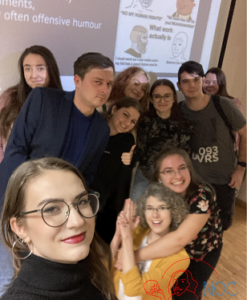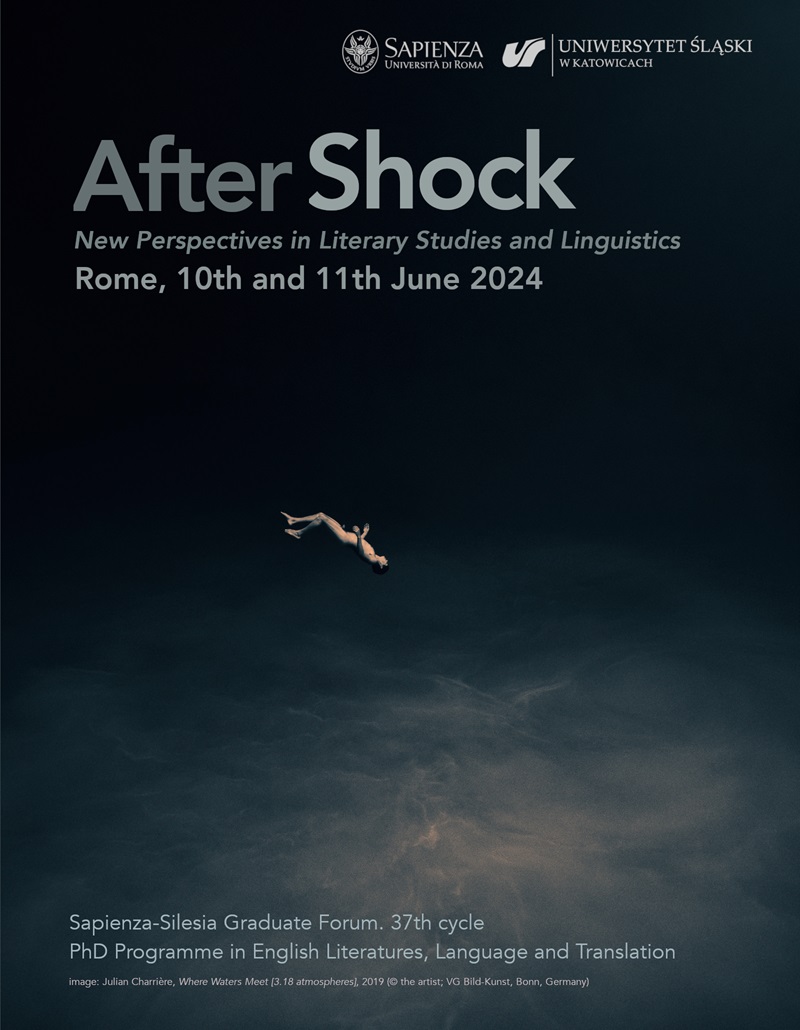

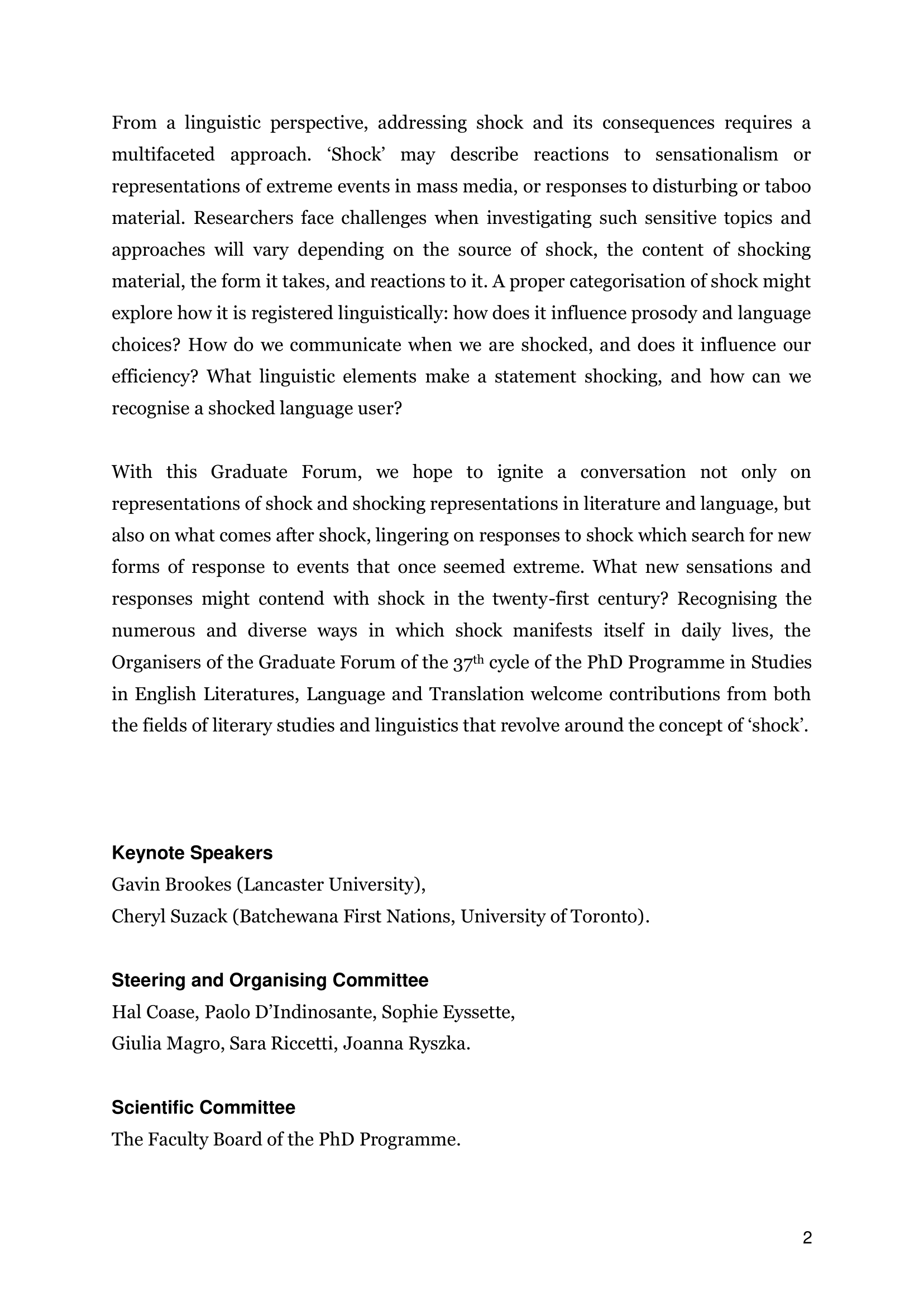
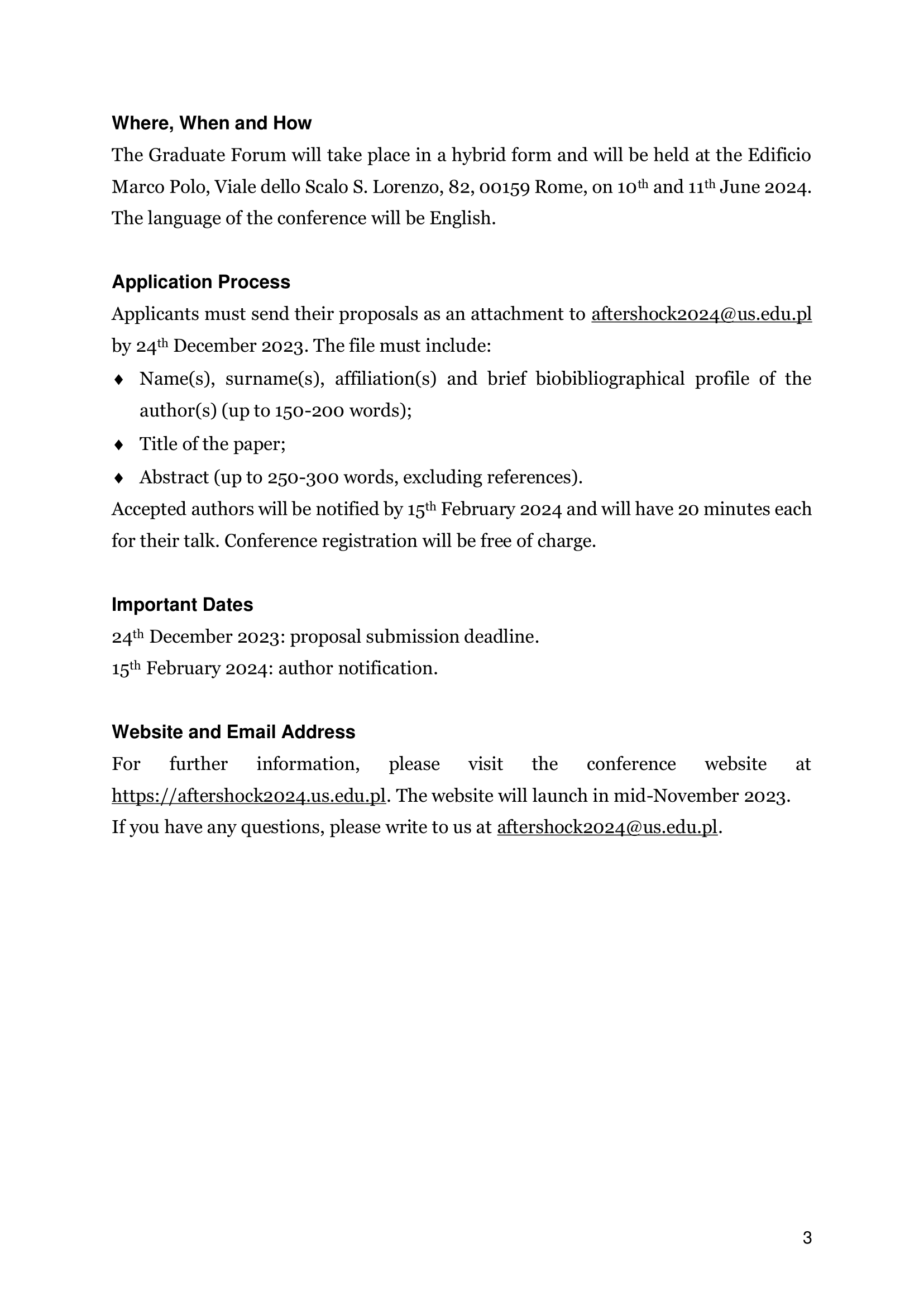
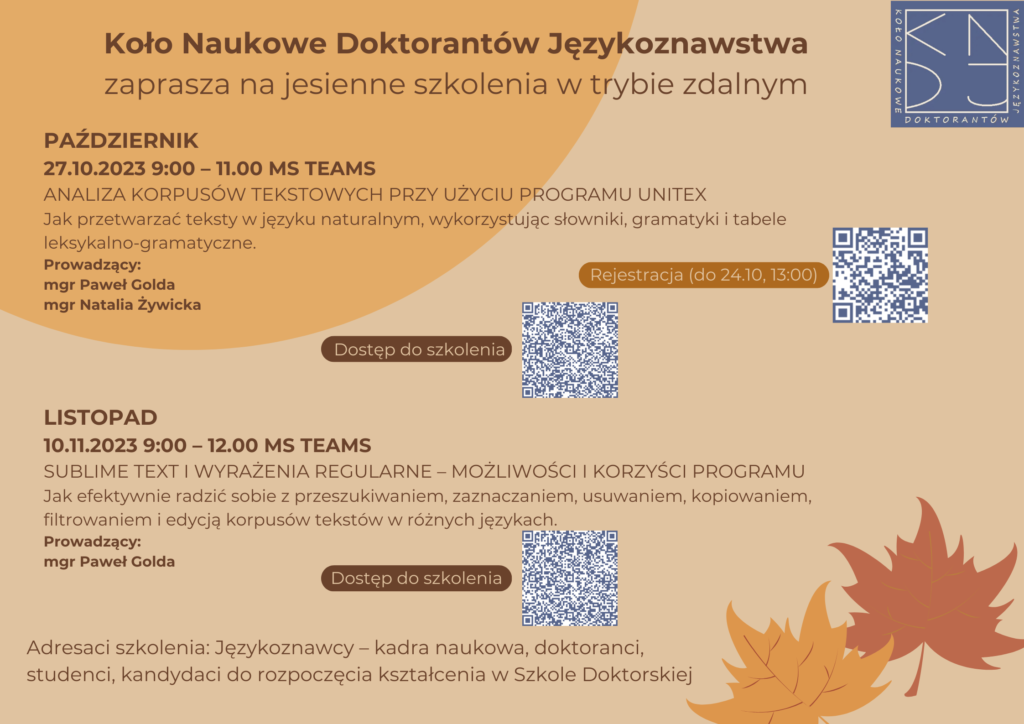
![]() Celem tego kursu jest wprowadzenie uczestników w świat narzędzia Unitex
Celem tego kursu jest wprowadzenie uczestników w świat narzędzia Unitex ![]() , które umożliwia przetwarzanie tekstów w języku naturalnym, wykorzystując zasoby językowe, takie jak słowniki, gramatyki i tabele leksykalno-gramatyczne. Słowniki te reprezentują zarówno proste, jak i bardziej złożone wyrazy danego języka, przypisując im lematy i sekwencje kodów gramatycznych. Dzięki temu użytkownicy są w stanie ekscerpować wybrane wyrazy, słowa spełniające oczekiwane kryteria lub połączenia leksykalne z konkretnych korpusów tekstowych.
, które umożliwia przetwarzanie tekstów w języku naturalnym, wykorzystując zasoby językowe, takie jak słowniki, gramatyki i tabele leksykalno-gramatyczne. Słowniki te reprezentują zarówno proste, jak i bardziej złożone wyrazy danego języka, przypisując im lematy i sekwencje kodów gramatycznych. Dzięki temu użytkownicy są w stanie ekscerpować wybrane wyrazy, słowa spełniające oczekiwane kryteria lub połączenia leksykalne z konkretnych korpusów tekstowych. ![]()
Podczas kursu uczestnicy zdobędą umiejętność tworzenia grafów, które umożliwią im wyselekcjonowanie z korpusu np. rzeczowników w rodzaju męskim lub żeńskim, słów z określonymi sufiksami, różnych kombinacji wyrazowych, takich jak syntagmy rzeczownikowo-przymiotnikowe lub też zdania kanoniczne.
![]() Szkolenie poprowadzą w duecie mgr Paweł Golda oraz mgr Natalia Żywicka. Mgr Paweł Golda to pracownik naukowo-dydaktyczny Uniwersytetu Śląskiego, doktorant w dyscyplinie językoznawstwo na Université Sorbonne Paris Nord we Francji oraz Uniwersytecie Śląskim w Katowicach, członek Koła Naukowego Doktorantów Językoznawstwa UŚ. Mgr Natalia Żywicka to romanistka, absolwentka filologii romańskiej (specjalność: język francuski z programem tłumaczenia specjalistycznego i wspomaganego komputerowo) na Uniwersytecie Śląskim, pasjonatka języków obcych i językoznawstwa, sympatyczka Koła Naukowego Doktorantów Językoznawstwa UŚ.
Szkolenie poprowadzą w duecie mgr Paweł Golda oraz mgr Natalia Żywicka. Mgr Paweł Golda to pracownik naukowo-dydaktyczny Uniwersytetu Śląskiego, doktorant w dyscyplinie językoznawstwo na Université Sorbonne Paris Nord we Francji oraz Uniwersytecie Śląskim w Katowicach, członek Koła Naukowego Doktorantów Językoznawstwa UŚ. Mgr Natalia Żywicka to romanistka, absolwentka filologii romańskiej (specjalność: język francuski z programem tłumaczenia specjalistycznego i wspomaganego komputerowo) na Uniwersytecie Śląskim, pasjonatka języków obcych i językoznawstwa, sympatyczka Koła Naukowego Doktorantów Językoznawstwa UŚ.
![]() Czas trwania szkolenia to około 2h.
Czas trwania szkolenia to około 2h.
Prosimy o zapisywanie się na szkolenie korzystając z tego linku: https://formularze.us.edu.pl/form/index/4399
Dziś w nocy odszedł Ireneusz Kania, prawdopodobnie najważniejszy polski tłumacz literatury filozoficznej, autor przekładów Georges’a Bataille’a, Emila Ciorana, Mircei Eliadego, Roberta Gravesa, Konstandinosa Kawafisa, Waltera Benjamina, licznych tekstów buddyjskich, w tym słynnej „Tybetańskiej Księgi Umarłych”.
Przekładał z kilkunastu języków, w tym oprócz najpopularniejszych języków nowożytnych również z sanskrytu, pali, hebrajskiego, greki czy łaciny. Był to człowiek o tak rozległej wiedzy i szerokich horyzontach, że jego strata jest całkowicie niezastępowalna. Gdy słyszymy słowo „tłumacz”, nazwisko Kani jest naszym pierwszym skojarzeniem.

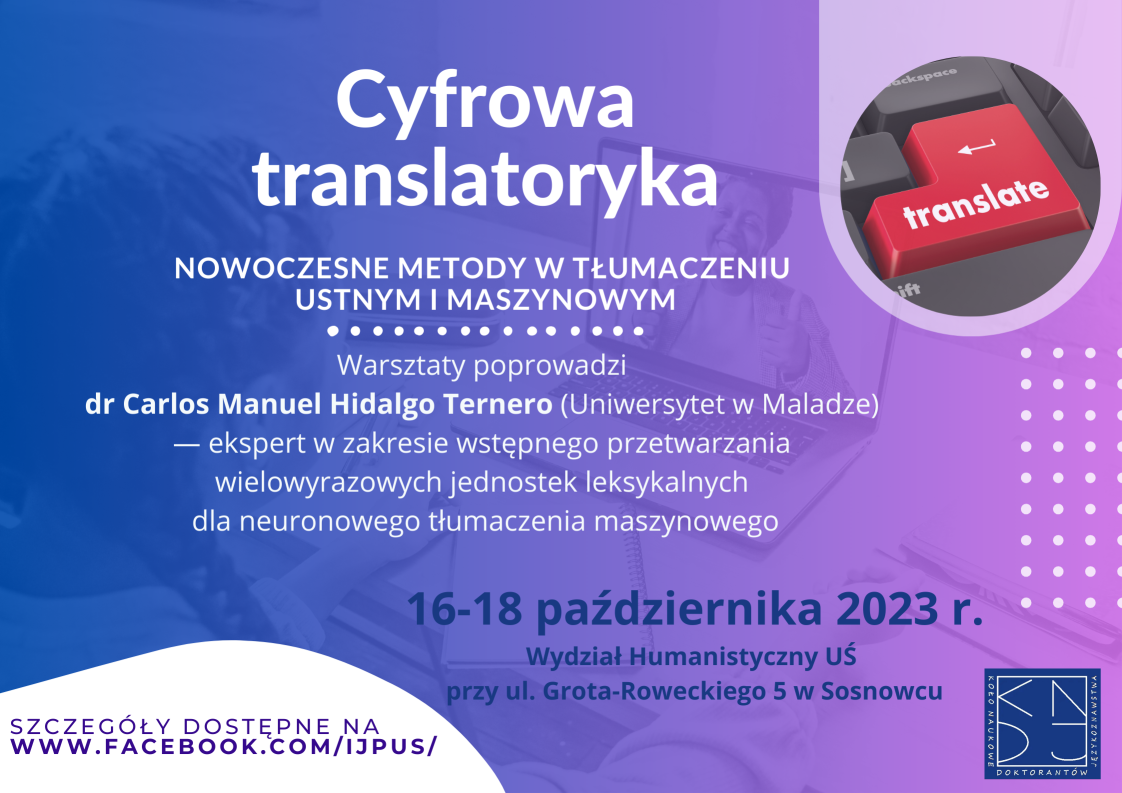
In this seminar, we present three translation and interpreting technologies developed by Lexytrad research team (University of Malaga, Spain): VIP, gApp and Paidiom. VIP (Corpas Pastor, 2021), the first integrated system specifically designed to meet the needs and requirements of interpreters, aims at contributing to the improvement of the working environment for professional interpreters, as well as providing support for trainee interpreters. The development of the VIP project has led to the conclusion that it is possible to provide interpreters with a complete working environment that meets all their needs and improves the quality of their work. To this end, VIP includes different modules especially adapted to the interpreters’ needs: semi-automatic corpus compilation, glossary management, name entity recognition, note-taking, interpreting-training exercises, inter alia.
gApp is a text-preprocessing system designed for automatically detecting and converting discontinuous multiword expressions (MWEs) into their continuous forms in order to improve the performance of current neural machine translation (NMT) systems (see Hidalgo-Ternero, 2021 and 2023; Hidalgo-Ternero & Corpas Pastor, 2020, 2023a & 2023b, among others). To test its effectiveness, several experiments with different NMT systems (DeepL, Google Translate and ModernMT, among others) and in different language directionalities ES/FR/IT>EN/DE/ES/FR/IT/PT/ZH) have been carried out so as to verify to what extent gApp can enhance the performance of NMT systems under the challenge of phraseological discontinuity. Subsequently, an upgraded algorithm, called Paidiom, was designed, which is able not only to automatically detect and convert discontinuous multiword expressions (MWEs) into their continuous forms (analogously to gApp) but also to translemmatise them, i.e., to directly convert MWEs into their target text equivalents in order to improve NMT. The promising results yielded both by gApp and Paidiom will shed some light on new
avenues for enhancing MWE-aware NMT systems.
References:
Corpas Pastor, Gloria, «Technology Solutions for Interpreters: The VIP System», Hermēneus. Revista de Traducción e Interpretación, 23 (2021): 91-123. DOI: https://doi.org/10.24197/her.23.2021.91-123
Carlos Manuel Hidalgo Ternero holds a PhD in Linguistics, Literature and Translation with International Mention from the University of Malaga, with a grade of Outstanding Cum Laude. He also holds a Master’s Degree in Teaching Spanish as a Foreign Language and Other Modern Languages from the University of Seville, as well as a Master’s Degree in Teaching Secondary Education, Vocational Training and Language Teaching, from the University of Malaga. As a researcher, he is the author of more than 15 scientific contributions published in English and Spanish in both national (MONTI Monografías de Traducción e Interpretación or CLINA Revista Interdisciplinaria de Traducción, Interpretación y Comunicación Intercultural) and foreign journals (Yearbook of Phraseology or Études Romanes de Brno), as well as in the form of book
chapters in collective works published by SPI first quartile publishers such as Peter Lang, Springer, John Benjamins Publishing Company or Comares, among others. He is also an organising member of the International Conference ‘Computational and Corpus-based Phraseology’ (EUROPHRAS 2019 and EUROPHRAS 2022, where he has presented two papers in each). His two main lines of research are corpus linguistics and computational phraseology applied to translation in which, more specifically, he has specialised in the preprocessing of multiword expressions to improve neural machine translation systems. As a result of this research, he designed the gApp system, registered by the University of Malaga (intellectual property registration) in Safe Creative (information available at the following link.
CfP: Humour and Healing. One Step Ahead
(Tentative title)
Kamelia Talebian Sedehi
Sapienza University of Rome
kamelia.talebiansedehi@uniroma1.it
Margherita Dore
Sapienza University of Rome
margherita.dore@uniroma1.it
Garrick notes that “the use of humor appears to be a beneficial addition to the treatment of trauma survivors” (2006, 170). Trauma has been discussed within various literary works and at times humour has been used to elaborate on traumatic situations. This happens because humour can give the authors the chance to criticize the various types of abuses and plights in non-confrontational ways. Since, for some people, talking about bad experiences and criticizing their victimizers directly would be considered unethical, authors use humour to mitigate the potential disapproval coming from their community while talking about taboo subjects such as sexual abuse and incest. Moreover, authors may employ humour to depict how the community survived hardships, conveying resistance through laughter. Finally, humuour can help to create group cohesion among those who experienced the same situations and exclude people who never underwent extreme conditions.
This call for papers intends to bring together contributions focusing on the many ways humour is used in literary and non-literary works to deal with experiences of abuse, persecution, death and trauma and as a means for healing. According to Adams (1993, 66), fun “is humor in action” which is necessary while forgetting, forgiving, and putting aside worries. Humour is not only used to mitigate the effect of manmade disasters but also in occasions when natural disasters such as floods, fires, and hurricanes happen (Fry 2000, 1). People use humour to make sense out of nonsensical situations. It should however be noticed that humour “does not minimize the significance of a terrible event. But it does allow the survivor to see how they can cope and thrive in their environment” (Garrick 2006, 169). Humour can have therapeutic effect as in support groups, in which trauma survivors can deploy humour to tackle their problems and move toward the healing process (Curtis 2001, 7). Besides, humour can be employed to reinforce a stance on the topic of social justice. Some examples of this sense can be discussions revolving residential schools in Canada, the loss of lands experienced by indigenous people and the Holocaust discussed within the Jewish community, as well as war and loss of land experienced by Armenians, etc.
In light of the foregoing, this volume aims to expand the existing literature on the concept of humour as healing, by seeking for contributors from a range of different fields. It seeks to gather proposal exploring literary and non-literary texts (including but not limited to feature films and stand-up comedy) that exploit the power of humour as a therapeutic tool in different contexts.
We call for contributions engaging with key questions that include, but are not limited to:
– Armenian culture
– Jewish culture
– Indigenous culture
– Any other context and situation in which suffering was too much to handle or to speak out loud and humor was preferred related, but not limited to the following fields of study: literary studies, translation studies, film studies, cultural studies, audio-visual studies.
The papers will be subject to double blind peer-review. Interested contributors should send their proposals to both Kamelia Talebian Sedehi (kamelia.talebiansedehi@uniroma1.it) and Margherita Dore (margherita.dore@uniroma1.it).
Timeline
Deadline: 30/11/2023 – Abstracts (300 words)
Notification of acceptance: 30/12/2023
End of May 2024 – Submission of full chapters (up to 7,500 words, including abstract, and references)
End of July 2024 – Feedback from editors/external readers
End of October 2024 – Final manuscripts
Estimated publication date: February 2025
References:
Adams, P. (1993). Gesundheit! Rochester, VT: Healing Arts Press.
Curtis, A. M. (2001). Schtick happens: The Power of humor, Part II. Trauma Lines Newsletter, 7-8.
Fry, W.F (2000). Humor and synergy. Humor and Health Journal, 9 (3), 1-3.
Garrick, J. (2006). The Humor of Trauma Survivors: Its Application in a Therapeutic Milie. Journal of Aggression, Maltreatment & Trauma 12 (1, 2).
Click here if you want to learn what workshops we can prepare for your class!
